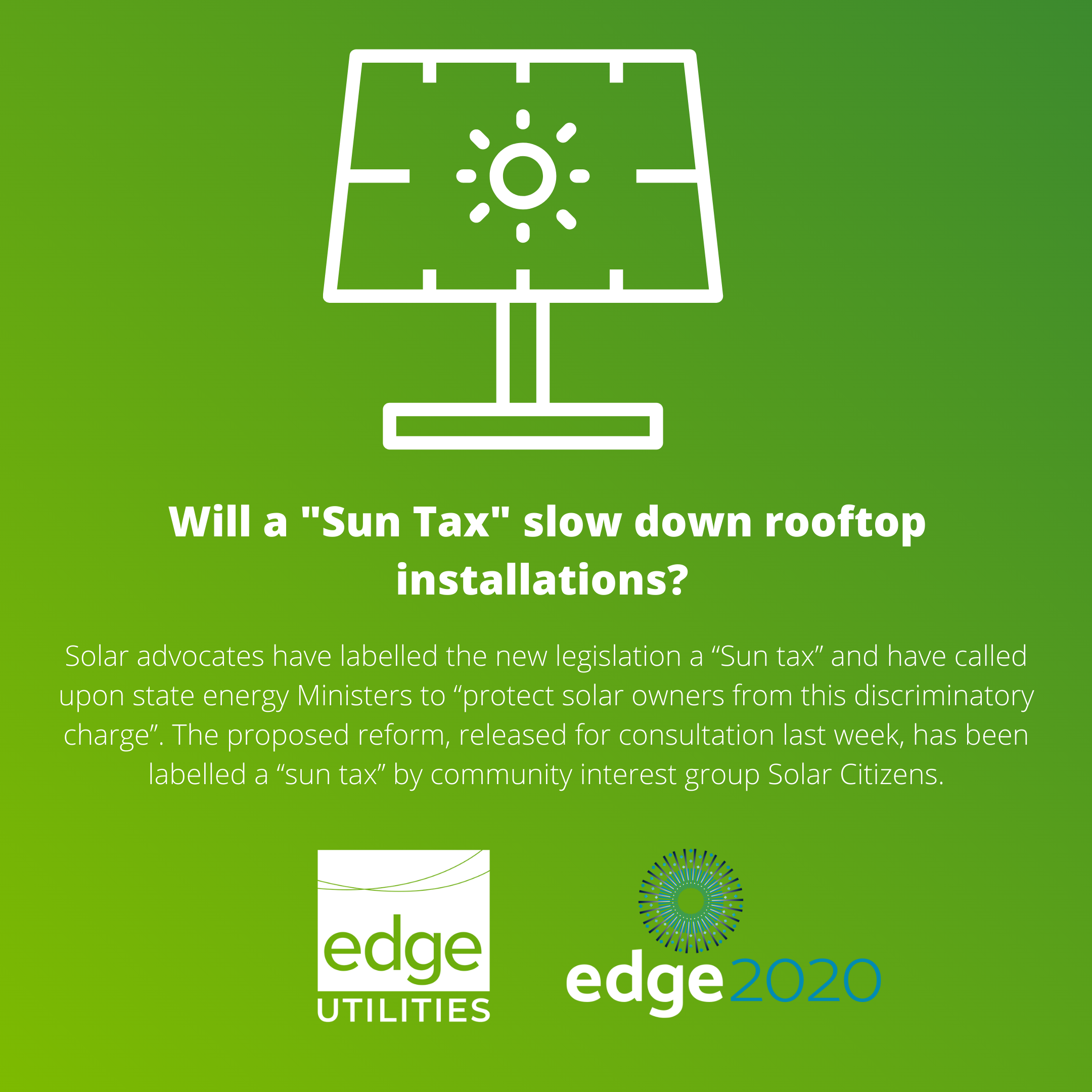Look around the suburbs and you will see rooftop solar PV installations have taken off. But Australia’s love of using the sun to power our homes has led to increased pressure being put on the distribution network. The high share of intermittent generation on the network, such as rooftop PV, has seen network operators warn consumers of an increased risk of congestion on the grid and possible blackouts. The increase congestion and the increase risk of blackout has led to the call for more market reform.
As part of ARENA’s Distributed Energy Integration Program, the Australian Energy Market Commission (AEMC) have rolled out their next phase of market reform in response to the increase congestion on the distribution network. The proposed changes include:
- Changing distribution power networks’ existing incentives to provide services that help people send power back into the grid
- Officially recognising energy export as a service to the power system.
- Allowing power networks to develop new tariff options including two-way pricing.
- Flexible pricing solutions at the network level.
The latest raft of reforms are designed to allow more solar and new tech energy into the grid. But Solar advocates have focused on the rule change that will allow distributors to charge solar households to export power.
Solar advocates have labelled the new legislation a “Sun tax” and have called upon state energy Ministers to “protect solar owners from this discriminatory charge’’. The proposed reform, released for consultation last week, has been labelled a ‘‘sun tax’’ by community interest group Solar Citizens. Solar Citizens also called on state energy Ministers to ‘‘protect solar owners from this discriminatory charge”. It must be highlighted that this legislation is not a tax, and the new energy rule will include extra safeguards to ensure existing and new solar customers – and non-solar customers – are protected. The proposal does not mandate default charges for exporting power.
Market participants, including the distribution companies, agree the proposed reforms will allow more rooftop solar systems and batteries. This reform will also allow the smarter use of the network with distributed energy resources (DER) linking together to optimise the grid. This reform will enable more DER and how DER is managed. Currently as high levels of rooftop solar PV generation increase distribution companies restrict the power exported to prevent voltage spikes, frequency changes and in some cases blackouts.
Modelling by the AEMC shows a typical household with a roof top PV could lose out on $70 each year if this market reform goes through. The AEMC modelling also showed the reforms could impact around 20% of households. 80% of households will be no worse off and many may be better off by $15 as they would not be paying for the higher cost of distribution associated with building a grid to accommodate excess solar energy.
The AEMC have highlighted that these reforms are fairer as late adopters of rooftop PV are not disadvantaged with the current “first in, best dressed” structure. AEMC CEO Ben Barr emphasised that the proposal would not mean that every kilowatt of energy exported into the grid would be charged, he believes distributors to offer a variety of options for solar households, which could include free exports up to a certain limit.
Energy Consumers Australia, which represents retail energy users, said the proposed reform was only the first step in a process that needed to focus on talking to consumers and putting their needs first.

